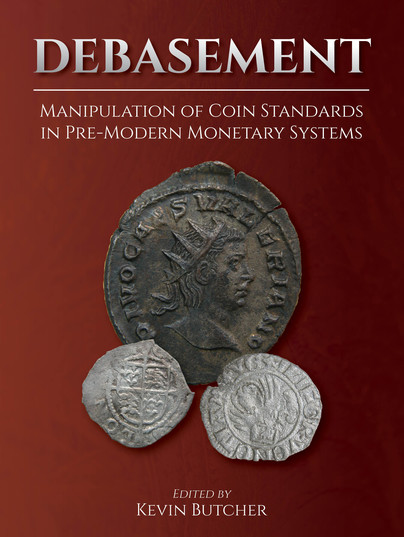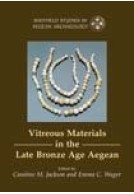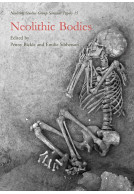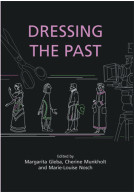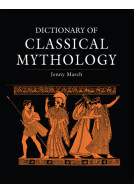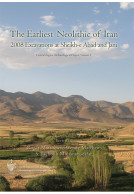Google Books previews are unavailable because you have chosen to turn off third party cookies for enhanced content. Visit our cookies page to review your cookie settings.
Debasement (Hardback)
Manipulation of Coin Standards in Pre-Modern Monetary Systems
Edited by Kevin Butcher
Imprint: Oxbow Books
Pages: 240
Illustrations: b/w and colour
ISBN: 9781789253986
Published: 25th February 2020
Script Academic & Professional
Imprint: Oxbow Books
Pages: 240
Illustrations: b/w and colour
ISBN: 9781789253986
Published: 25th February 2020
Script Academic & Professional
You'll be £20.00 closer to your next £10.00 credit when you purchase Debasement. What's this?
+£4.99 UK Delivery or free UK delivery if order is over £40
(click here for international delivery rates)
Need a currency converter? Check XE.com for live rates
(click here for international delivery rates)
Need a currency converter? Check XE.com for live rates
The debasement of coinage, particularly of silver, was a common feature of pre-modern monetary systems. Most coinages were issued by state authorities and the condition of a coinage is often seen (rightly or wrongly) as an indicator of the broader fiscal health of the state that produced it. While in some cases the motives behind the debasements or reductions in standards are clear, in many cases the intentions of the issuing authorities are uncertain.
Various explanations have been advanced: fiscal motives (such as a desire to profit or a to cover a deficit caused by the failure to balance expenditure and revenues); monetary motives (such as changing demand for coined money or a desire to maintain monetary stability in the face of changing values of raw materials or labour costs); pressure from groups within society that would profit from debasement; misconduct at the mint; or the decline of existing monetary standards due to circulation and wear of the coinage in circulation. Certain explanations have tended to gain favour with monetary historians of specific periods, partly reflecting the compartmentalization of scholarship. Thus the study of Roman debasements emphasizes fiscal deficits, whereas medievalists are often more prepared to consider monetary factors as contributing to debasements. To some extent these different approaches are a reflection of discrepancies in the amount of documentary evidence available for the respective periods, but the divide also underlines fundamentally different approaches to the function of coinage: Romanists have preferred to see coins as a medium for state payments; whereas medievalists have often emphasized exchange as an important function of currency.
The volume is inter-disciplinary in scope. Apart from bringing together monetary historians of different periods, it also contains contributions from archaeometallurgists who have experience with the chemical and physical composition of coins and technical aspects of production of base alloys.
There are no reviews for this book. Register or Login now and you can be the first to post a review!
About Kevin Butcher
Kevin Butcher is professor in the Department of Classics and Ancient History at Warwick University. He holds a PhD from the Institute of Archaeology, University College London, in the field of Roman numismatics and specialises in Greek and Roman coinage, particularly the civic and provincial coinages of the Roman empire; and the Hellenistic and Roman Near East, particularly coastal Syria and Lebanon.
Other titles in Oxbow Books...







